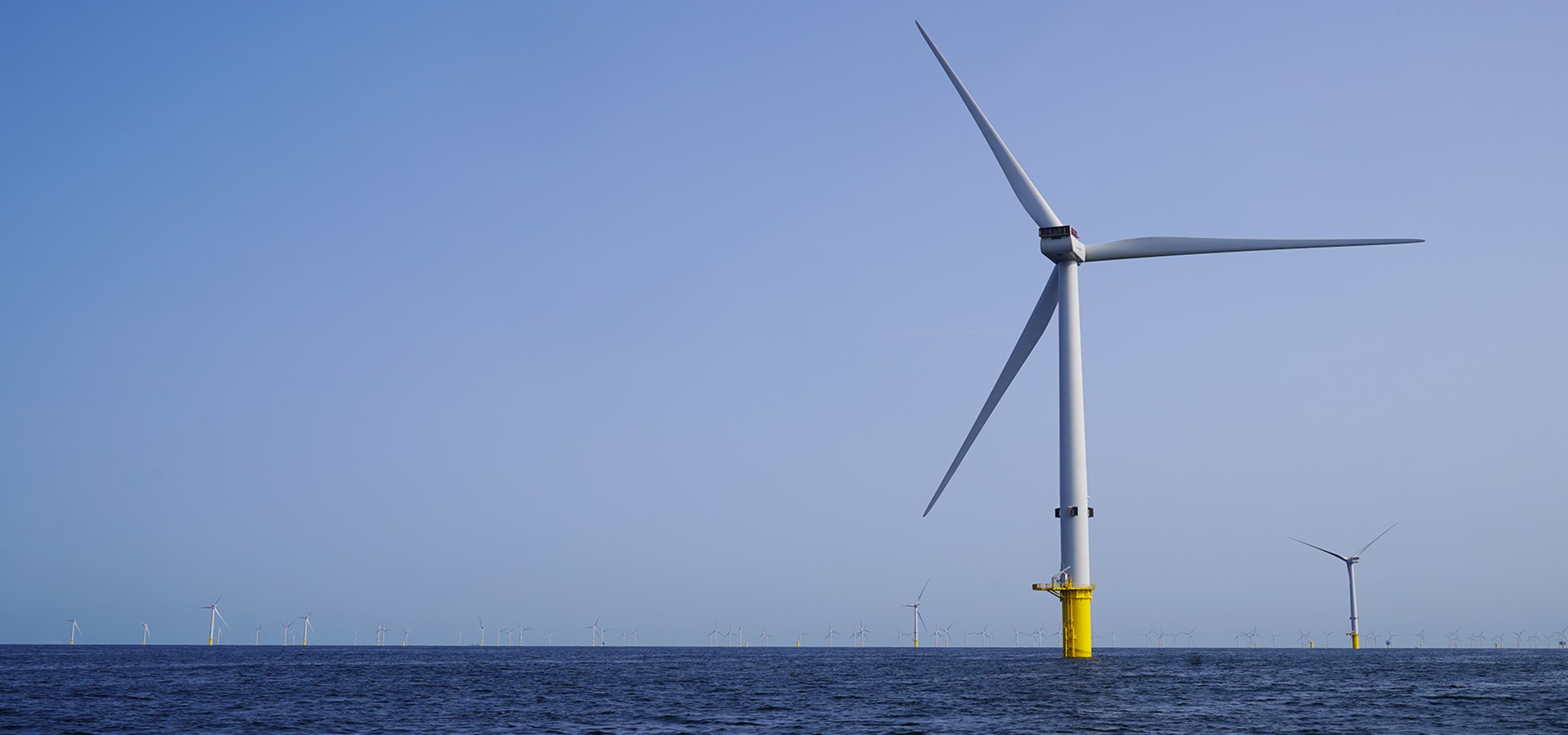
Hydrogen

Combatting climate change is an urgent challenge that calls for an enormous shift in order to limit its effect on future generations. With the ever-increasing number of countries committing to C02 neutrality by 2050, there has been a renewed focus on hydrogen as one of the critical links in the energy transition towards a sustainable future.
08/12/2021
A blog by Maria Kalogera.
What is behind this hydrogen excitement and can hydrogen cut the Gordian knot of today’s energy challenge?
Hydrogen is the most abundant element in the universe but it doesn’t appear in nature on its own: it is always combined with other elements to form compounds such as water. Depending on how it is made, hydrogen is categorised as “grey”, “blue” and “green”. “Grey hydrogen” is hydrogen which is produced by means of fossil fuels, that usually results in CO2 emissions. When technologies such as capture carbon and storage (CCS) are used to capture and store CO2 in the ground, the hydrogen is referred to as “Blue Hydrogen”. The poster child of hydrogen manufacture is of course “Green hydrogen”. Green hydrogen uses renewable energy sources to break down water into its constituent elements of hydrogen and oxygen in a process called electrolysis. Hydrogen is often spoken about in the context of being “green” but it is important to remember that only a meagre 4% of the hydrogen sold each year is “green hydrogen”. This is exactly why we at CrossWind will be working on innovative ways of incorporating green hydrogen into our processes.
Although hydrogen is undoubtedly having its moment, people of a certain age might remember that the hype around hydrogen happened at least twice in the past 50 years: in the 1970s oil crisis, hydrogen was touted as an alternative fuel for transportation and in the late 1990s the interest in hydrogen companies spiked after big carmakers started to invest in fuel-cell technology.
This time round, the collective enthusiasm around hydrogen is somewhat different. Energy providers are ramping up the capacity of renewable resources such as wind and solar. These energy resources come at nature’s whim, making them less predictable compared to conventional fossil fuel-based energy sources. Renewable energy resources only generate electrons when the sun shines and/or when the wind blows. As the overall share of renewable energy is increasing, this intermittency will have a greater impact on the stability of the electric power system. As such hydrogen can play a pivotal role in stabilizing the power profile. Hydrogen also has the potential to be used across sectors as it can be introduced in the so called “hard to decarbonise” sectors and in energy intensive industries such as steel, iron, shipping and aviation. In this transition, green hydrogen will play a pivotal role. Since governments are pledging to go carbon neutral, the case for hydrogen is ever more compelling. Truly, hydrogen’s potential abounds.
Building a hydrogen economy is a major undertaking. How will CrossWind contribute and accelerate the energy transition?
CrossWind’s innovation plan supports the offshore wind industry in preparing for future wind power hubs. The largest part of the innovation plan is to build and test a pilot-scale Baseload Power Hub on an additional monopile within the contours of the Hollandse Kust Noord wind farm.
The baseload power hub consists of a combination of storage technologies that provide hour-to-day-scale supply profile flexibility, consisting of a battery and hydrogen roundtrip system with in-situ hydrogen production, storage and conversion back to power. CrossWind will specifically focus on piloting the offshore hydrogen chain to mirror a future offshore baseload wind power hub.
The aim is to demonstrate, for a single full-scale wind turbine, solutions that can time-shift the electricity supply profile from periods with high wind speeds to those with lower wind speeds.
Installed alongside a full-scale wind turbine as the renewable energy source, the Baseload Power Hub also directly connects to floating photovoltaic panels. Solar energy provides an additional renewable (intermittent) supply source that complement the wind speed and increases the energy density of present and future wind farm zones.
Energy storage comes at the cost of round-trip efficiency losses, but with a premium that it can lower imbalance costs and provide baseload electricity in case of insufficient renewable resources (wind, solar), when typically electricity prices are also at their peak.
Together with the other innovations, the baseload power hub will provide all stakeholders with essential lessons learnt, technical as well as non-technical, to help realise such offshore wind power hubs on a large scale in the future.
CrossWind is committed to contributing to accelerating the energy transition and to spearhead the technology that will deliver our vision of a clean environment for future generations.

